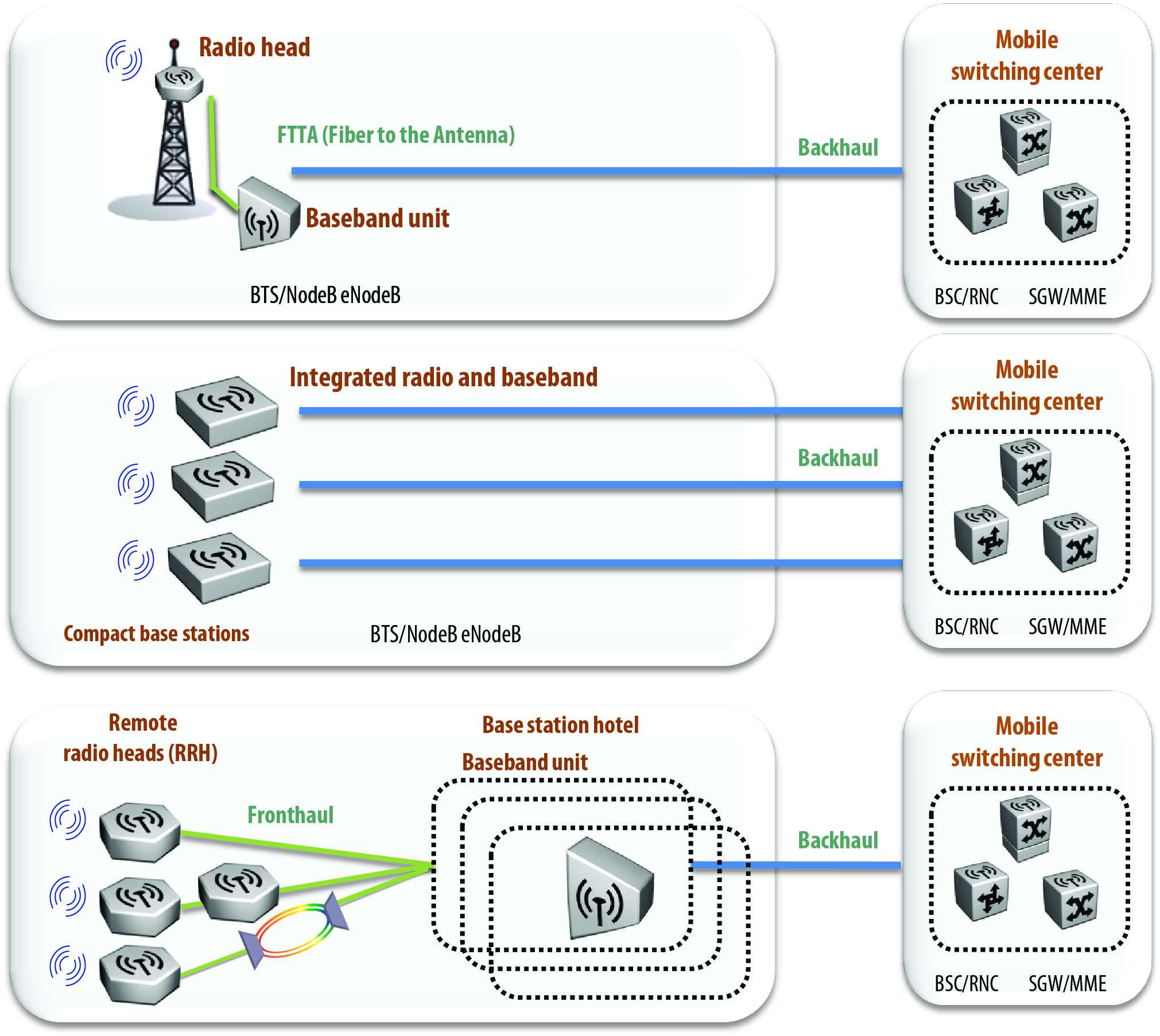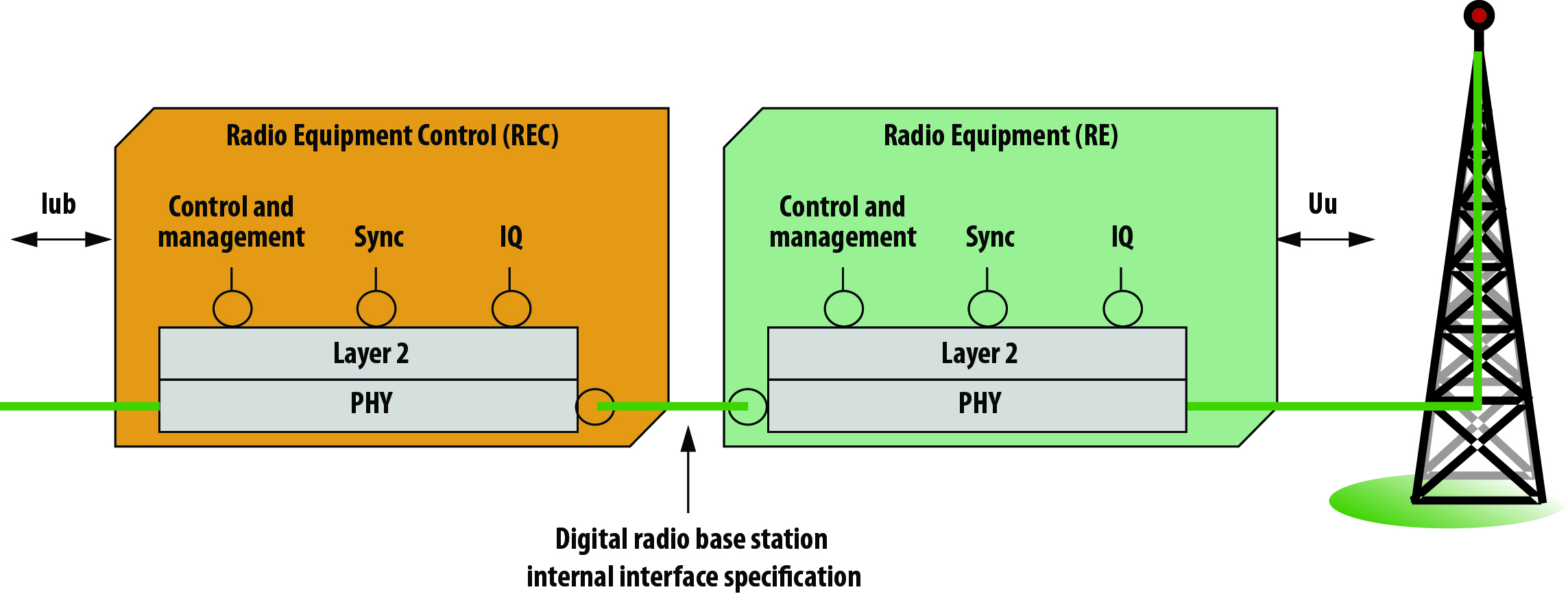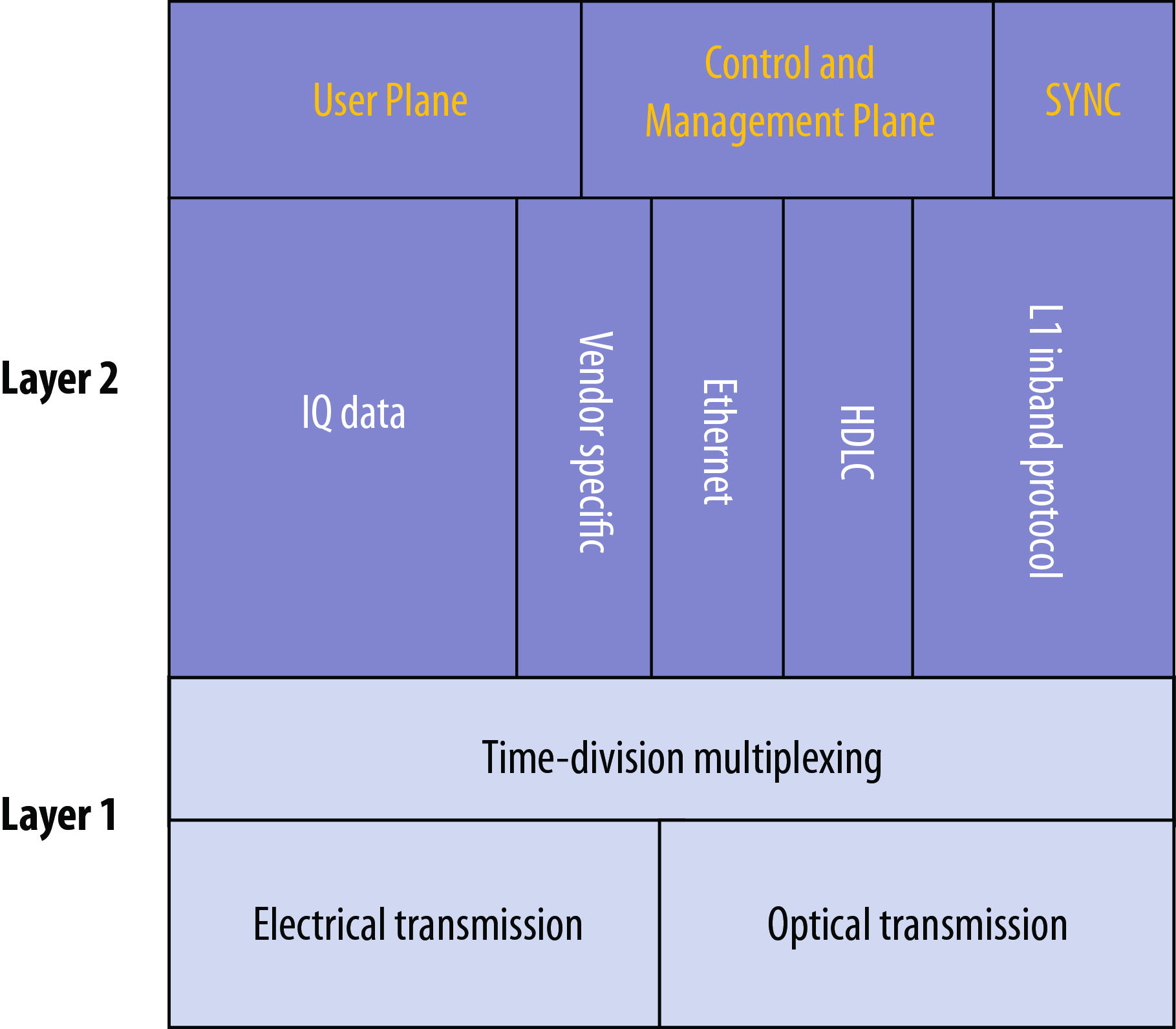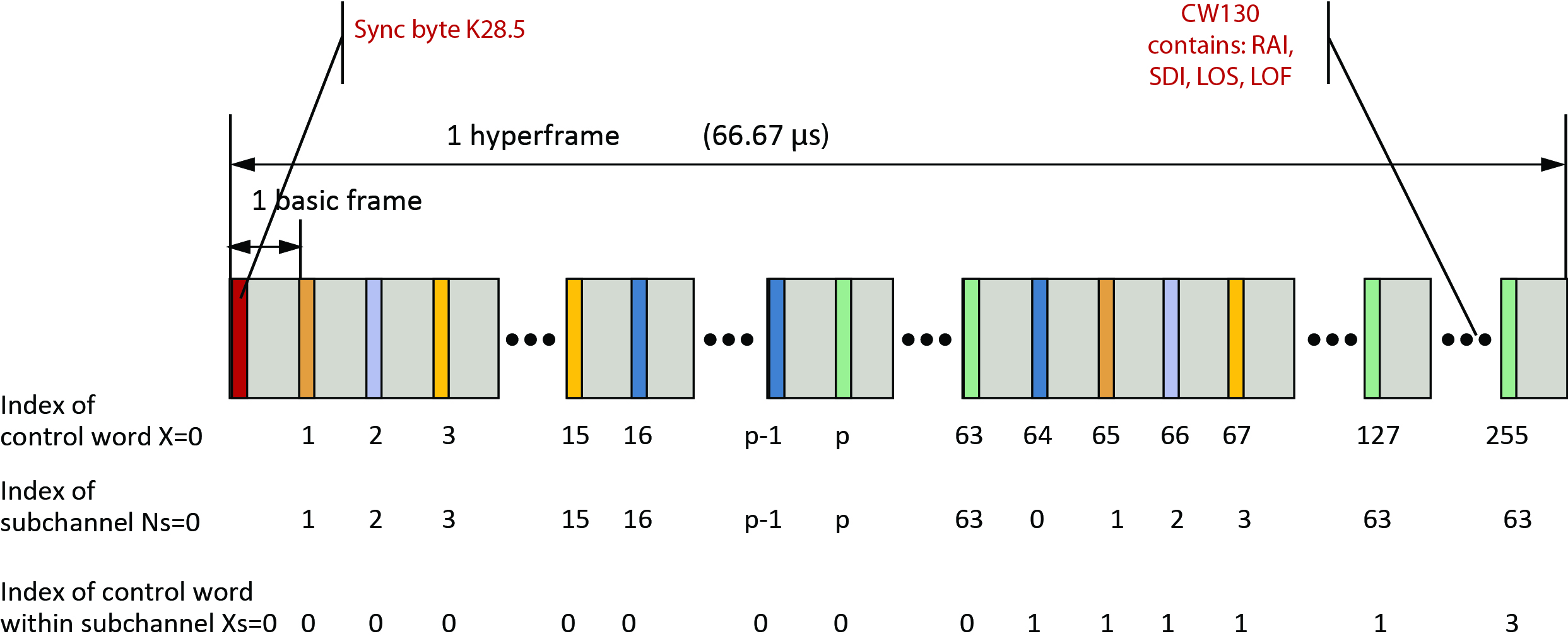Putting fronthaul in the cloud
As the increasing use of mobile internet fuels demand for capacity in cellular networks, a number of new technologies are being deployed to raise capacity while keeping the total cost of ownership in alignment with revenue growth. By Reza Vaez-Ghaemi, Senior Manager, Product Line Management, JDSU
The growth in internet access using smart phones and tablets is creating greater demand for higher-bandwidth mobile networks, such as 4G LTE. Multiple technologies are commercially available for the delivery of higher bandwidth services, advanced modulation schemes, more powerful and integrated antennas and superior wireless backhaul technologies help increase the capacity of cellular networks.
Traditional cellular networks are characterised by a number of cell sites that are connected with the wireless core through Ethernet/IP or circuit/ATM-based backhaul networks. As the demand for capacity in metropolitan areas has grown, macro cells have reached their limits in terms of the number of locations and/or penetration capability in indoor or densely-populated locations. Two major alternative technologies
try to address these limits. Small cells are one major innovation that is being currently deployed in larger volumes for capacity enhancements in hotspots in metropolitan areas. They also cover extension in rural areas and are being deployed indoors. Small cells are low-powered access nodes that include the functionality of a base station in a small enclosure. They can be mounted on rooftops and poles without a significant footprint or utility cost.
Using smaller nodes for hotspots can be taken a further step; unlike a small cell, a distributed system is deployed in which the radio units remain in the enclosure on the poles or rooftops, but the baseband processing units (BBU) are separated and removed to a location on the bottom of the structure or placed in a central office nearby. This technological advancement was enabled by technologies such as the Common Public Radio Interface (CPRI), and fibre.

Figure 1 - Evolution of cellular networks
There are several use cases for the deployment of fibre in cellular networks. In its basic use case, fibre connects tower-mounted radio units to BBUs at the bottom of the tower. In contrast to using conventional copper-based coax cables, fibre’s low link loss helps provide higher power and bandwidth to cellular devices.
This fibre to the antenna (FTTA) use case is being deployed in larger volumes in new LTE network deployments. The link between a BBU or digital unit (DU) and a remote radio head (RRH) or remote radio unit (RRU) is defined as the fronthaul network; the backhaul network connects DUs with wireless core networks.
Fronthaul network deployment
CPRI is a digitised serial interface that was originally designed as an internal interface for radio base stations. It aimed to enable independent technology evolution on both sides of the interface. Deployment of fibre technologies inside cell sites and in access networks delivered a new CPRI use case where radio equipment (RE) can be positioned closer to antennas on tops of towers or rooftops, and radio equipment control (BBU or DU) can be located further away from the RE.
The positioning of RE (RRH or RRU) close to an antenna significantly reduces the length of coax cables for the interconnection of RRH and antennas, thereby improving the link budget and user throughput. With CPRI, the link between BBU and RRU can be extended to several miles. This opens new applications such as offloading of macro cells and distributed antenna systems (DAS). In densely populated areas, the demand for wireless internet services may challenge the available capacity of macro cells. By positioning additional RRU in these hotspots, the wireless internet traffic can be offloaded from macro cells.

Figure 2 - A CPRI interface
DAS is not a new technology; it has been deployed in many indoor applications. DAS refers to a network of physically-separated antennas that are connected to a common source. By separating and distributing the antennas, one can provide coverage for a larger geography with lower-power and higher-reliability antennas. Most DAS systems are used indoors and use coax or mixed coax/fibre media. Larger parts of the indoor systems use analog signal transmission, although an increasing number deploy digitised interfaces such as CPRI or open base station architecture initiative (OBSAI). The nodes can be arranged in star or daisy-chain topologies.
OBSAI is another digitised serial interface that was created by an association of cellular equipment vendors to reduce the costs of creating base stations. While some vendors favour OBSAI, most digital deployments use CPRI. Using CPRI technology in combination with fibre delivers other advantages for deploying BBUs. BBUs typically need power and air-conditioning and require a footprint that can be rare and costly in some locations. Associated utility and leasing/purchasing costs are significant contributors to the OpEx/CapEx of cellular networks. Fibre-Based CPRI technology lets the BBU be removed to a central location such as a central office that already has telecomms infrastructure.
Furthermore, by stacking BBU (BBU centralisation or BBU hosteling) belonging to various RRU in one location, one can save energy, improve security without a need for IPsec-like protocols, and make the infrastructure ready for advanced LTE systems that will deploy cooperative multi-point (CoMP) features. Going one more step, the BBU hoteling can be combined with a pooling of BBU resources; this stage is known as Cloud RAN (Radio Access Network - of CRAN). It improves the utilisation and reliability of radio access networks, it also simplifies the mobility management and reduces the number of S1 and X2 interfaces to the core network. Finally, CPRI combined with wavelength division multiplexing (WDM) delivers another benefit for radio access networks: a larger number of RRU can share fibre with other services in access/aggregation networks or, alternatively, multiple wireless operators can share fibre in RAN (RAN sharing).

Figure 3 - CPRI protocol layers
CPRI is a digitised interface that carries three information flows: user plane, control and management (C&M) plane, and synchronisation plane data. It covers Layers 1 and 2 as shown in Figure 3. Layer 1 covers the physical and time-multiplexing layers; Layer 2 provides capabilities for improved flexibility and scalability. CPRI can be used between one BBU and RRU; or, it can be between one BBU and multiple RRU that are configured in daisy-chain or star configurations off a single BBU. CPRI signals are specified at different bit rates up to 9.8Gbps as shown in Figure 4. The line rates are proportional to the amount of data/spectrum to be transmitted to the RRU.
CPRI signals are composed of basic frames (BF) that are grouped in hyperframes as shown in Figure 4. A basic frame contains 16 words. The length of the word ranges between 8 and 128-bits, and is dependent on the CPRI line rate; the higher the line rate, the longer the word. Before physical transmission of the words, they go through an 8/10-bit encoding process according to the Ethernet IEEE 802.3 standard.

Figure 4 - CPRI frame structure
Fibre based fronthaul networks enable wireless operators to drastically increase capacity for mobile internet users indoor and outdoor. Furthermore, fronthaul networks allow cloud RAN architectures that improve resource sharing, load balancing and resiliency by pooling baseband units in central locations. Emerging fronthaul networks use CPRI technology that provides a standard digital interface carrying user, management, and synchronisation signals.


